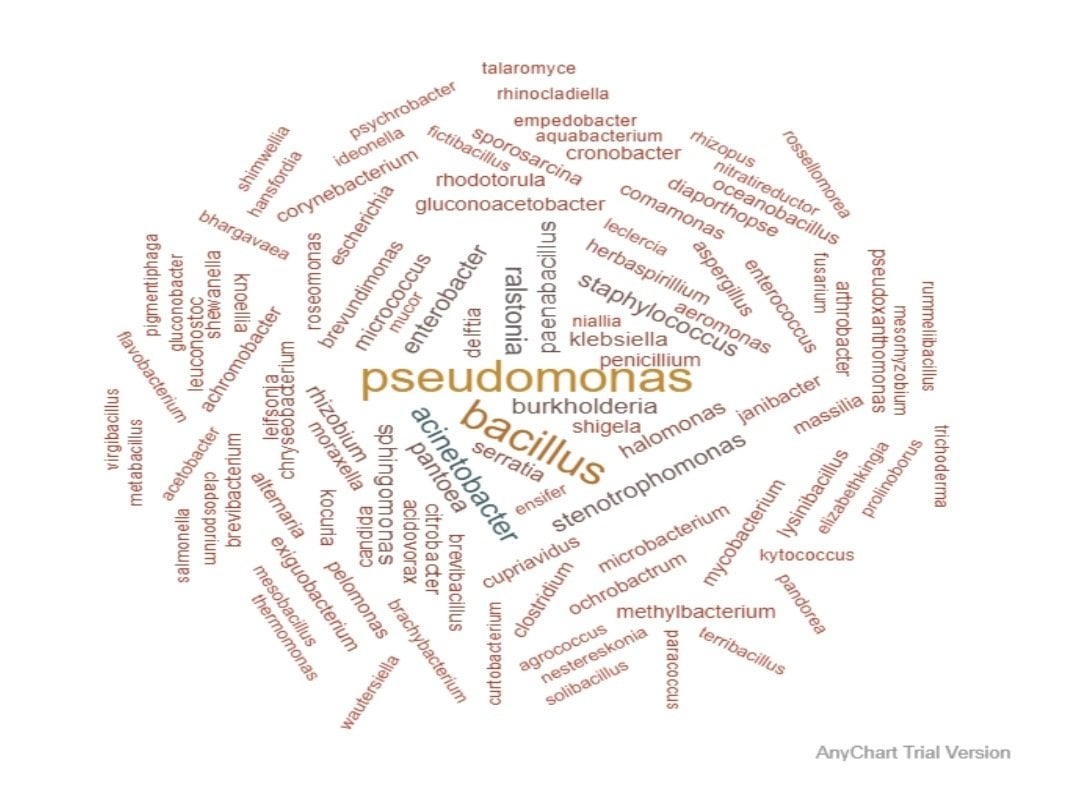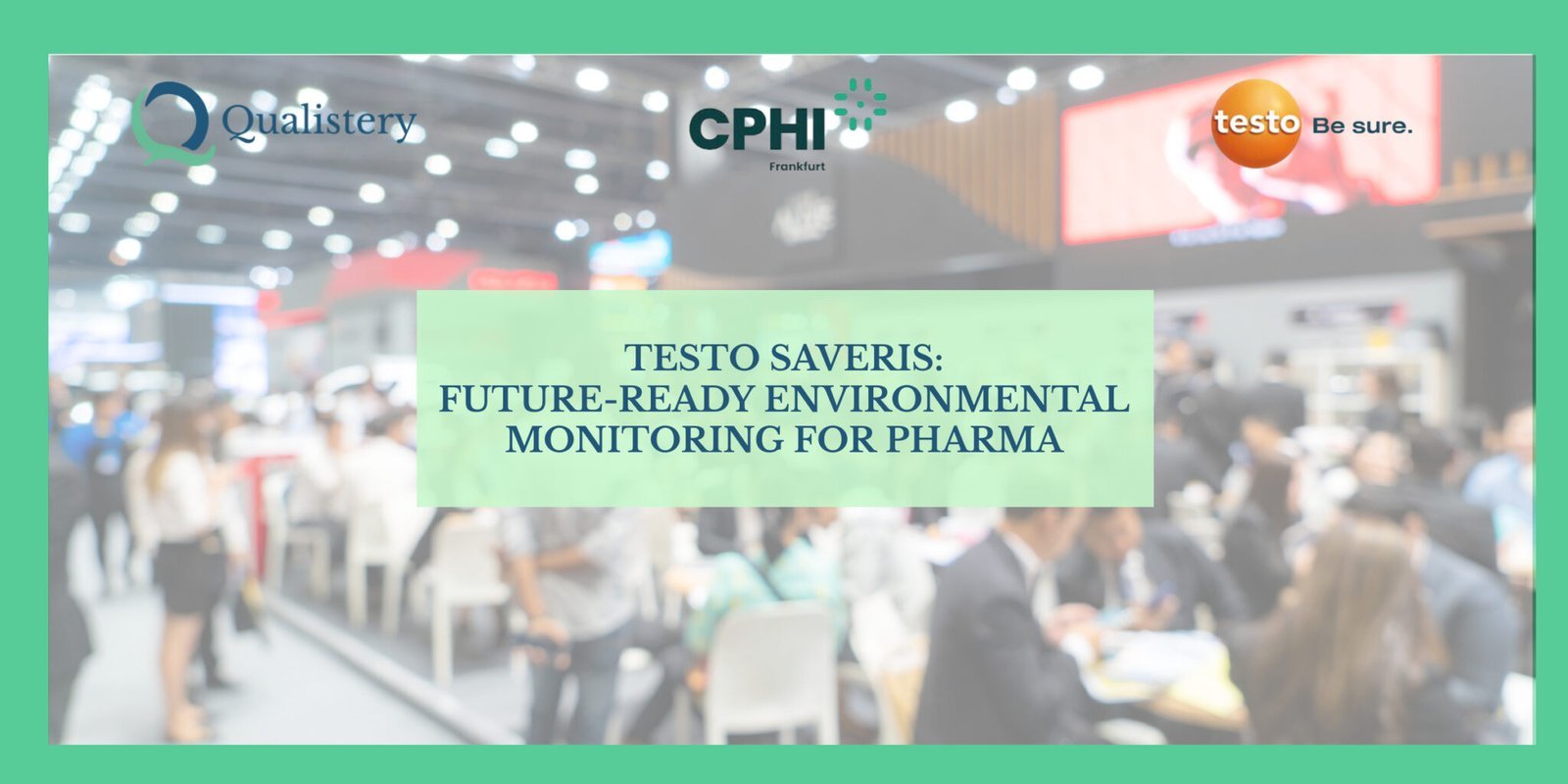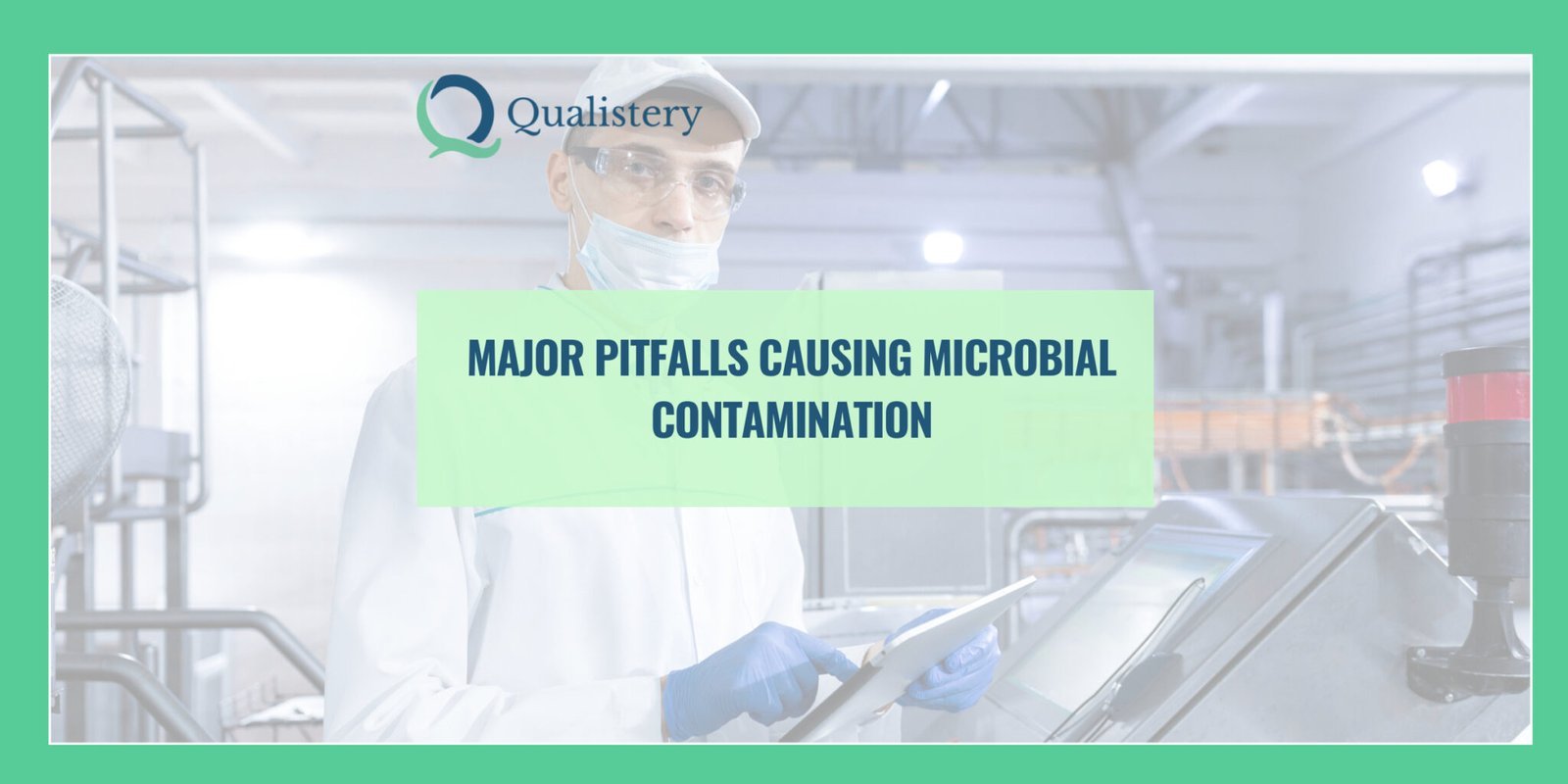
The figure above – generated using makewordcloud.com was created analyzing the data of the
microorganisms that triggers actions from our corporate team during manufacturing support. Actions
involving retesting, risk assessment, investigations, above alert & action levels, interventions,
among others. For this article, the analysis was focused on genus level. Source of data: personal
database created along the years and updated on frequent basis.
The analysis got 103 different genera, including bacteria, molds and yeast, being the top two more
frequently isolated microorganisms causing some kind of action, two bacteria type:
- Pseudomonas spp – 47% in water sources, 42% in raw materials, intermediate and finished
products. Latest sources, most aqueous based; however, in dry/powdered and petrolatum-
based matrices were also found. In compressed air samples coming from systems with
poorly controlled dew point were also found. - Bacillus spp – 92% in finished product, intermediate and raw materials. Considered airborne,
found in most environment. If finding in environmental plates below established alert/action
levels its isolation commonly does not trigger any action.
Let briefly describe both.
Pseudomonas spp – gram-negative rods, aerobic, facultative anaerobic.
Pseudomonads were observed early in the history of microbiology, widespread occurrence in water
and plant seeds. Almost every day you find scientific reports of previously classified Pseudomonas
being differentiated thanks to the DNA:rRNA hybridization technique and reclassified in other genus.
Members of this genus have high motility and adherence profile, demonstrate a great metabolic
diversity and consequently are able to colonize a wide range of niches. The soil bacterium P. putida,
and the plant growth-promoting P. fluorescens were just few of the species frequently found in
manufacturing settings. Pseudomonas aeruginosa is the pathogenic indicator for several industries.
Many companies use specific culture media as Cetrimide Agar for quality control purposes.
However, be aware that many other Pseudomonas spp also deliver the similar colorimetric results in
the phenotypic specific enrichment kind of methods to deliver presumptive presence of
Pseudomonas aeruginosa. For example, Pseudomonas monteilii and some others that releases
yellowing compounds. Another method limitation is that stressed P. aeruginosa might not show the
pigment release (toxin pyocyanin) in Cetrimide giving false sense of security.
Alerta sanitaria: retiran un conocido maquillaje por estar contaminado con una bacteria peligrosa
(consumidorglobal.com) (Makeup, Spain, 2023)
Recalled eyedrops causing blindness: What to know about drug-resistant bacteria (nbcnews.com)
(Artificial tears drops, USA, 2022)
Livia Global Announces Voluntary Recall of Two Lots of Its Liviaone Liquid Probiotics Because of
The Potential for Contamination With Pseudomonas aeruginosa | FDA (Pet health, USA, 2021)
Comunicado de Recall (darrow.com.br) (Liquid Soap, Brazil, 2021)
Main source of contamination is the water or biofilms present in the manufacturing equipment.
Pseudomonads can adapt and resist to several biocides, it has some moderate resistant to
chlorination, adaptable to high osmolarity environments, and as part of biofilms can survive high
temperature treatments. It can become a nightmare for aqueous product matrices and water if
associated systems are not properly controlled.
Bacillus spp- rods, most gram-positive. Some gram-stain variable. Aerobic or facultative. Endospore-forming
Bacillus spp are common environmental isolates, considered air-borne, when detected in water
system samples commonly is associated to poor sampling techniques. Typically found in finished
product and raw materials exposed to the environment. Common in non-controlled production areas
where the product or primary packaging might be exposed. Also common in natural origin materials
and secondary/tertiary packaging as corrugates. Most of the species are non-objectionable. Very
few species considered relevant from the health point of view ie. Bacillus cereus (for food and
cosmetic industry).
Species of this genus commonly cause positive results from non-specific ATP-detection based
colorimetric methodologies. Detection not necessarily associated to out of specification results.
It could be found jointly with skin derived microorganisms as Staphylococcus spp and Micrococcus
spp when cleaning and sanitization process of the equipment’s involved dismantling and manual
procedures. Clean in Place (CIP) systems and adequate personal protective clothing are the
desirable approaches to implement in the operations, strategies mandatory at most regulated
industries.
In the Microbiology 4.0 era, for its great fermentation capacity, Bacillus spp are becoming very
important, being used as cell factories in the industrial production of a diverse of biotechnology
compounds.
The special case of the Burkholderia Cepacia Complex (BCC) species
These bacteria are responsible of numerous market interventions at global level involving
pharmaceutical products, cosmetics, and other categories. BCC bacteria are present in all water
sources. Some of the members are opportunistic pathogens, are highly adaptative to numerous
environments, can use antimicrobials as carbon sources, among other features. It is a group of
approx. 24 species with very similar genetic sequence. To be able to differentiate between them
targeted sequencing analysis is required. Only recently, it is being mandatory the colorimetric
specific test aimed for presumptive identification of isolated BCC bacteria: the method USP <60>.
Specifically for the quality control of product categories considered risky if presence of BCC species
as oral, oro-mucosal, dermal, nasal and/or inhaler. Under conventional methods historically used to
analyze water quality, the BCC species show up unnoticed.
Conclusion
Data based decision is key to be able to prevent microbial contamination. Combining a rigorous and
adequate microbial monitoring and identification program, risk-based with methodology validated
and with the right sensitivity, accuracy and understanding its limitations will enable the quality
control teams to react on time and prevent losses associated to microbial contaminations. Learn
continuously about your manufacturing bugs and act accordingly.
References
Palleroni NJ. (2010). The Pseudomonas Story. Env. Microbiol. 12(6): 1377–1383.
Madigan M, Martinko J, ed. (2005). Brock Biology of Microorganisms. 11th ed. Prentice Hall.
Aspedon A, Palmer K, and Whiteley M. (2006 Apr). Microarray Analysis of the Osmotic Stress
Response in Pseudomonas aeruginosa. J of Bacteriology. p. 2721–2725.
Kisk´o, G and Szab´o-Szab´o, O. (2011). Biofilm removal of Pseudomonas strains using hot water
sanitation. Acta Univ. Sapientiae, Alimentaria. 4: 69–79.
Haque MA, Wang F, Chen Y, Hossen F, Islam MA, Hossain MA, Siddique N, He C, Ahmed
F. Bacillus spp. Contamination: A Novel Risk Originated From Animal Feed to Human Food Chains
in South-Eastern Bangladesh. Front Microbiol. 2022 Jan 4;12:783103.
Vojnovic S, Aleksic I, Ilic-Tomic T, Stevanovic M, Nikodinovic-Runic J. Bacillus and Streptomyces
spp. as hosts for production of industrially relevant enzymes. Appl Microbiol Biotechnol. 2024 Jan
30;108(1):185.
Tavares M, Kozak M, Balola A, Sá-Correia I. Burkholderia cepacia Complex Bacteria: a Feared
Contamination Risk in Water-Based Pharmaceutical Products. Clin Microbiol Rev. 2020 Apr
15;33(3):e00139-19.
USP (2024). General Chapter, 〈60〉 Microbiological Examination of Nonsterile Products Tests for
Burkholderia Cepacia Complex. USP-NF. Rockville, MD

Beatriz graduated in Biology in the Universidad Central de Venezuela (UCV), PhSc in Physiology and Biophysics by Instituto Venezolano de Investigaciones Científicas (IVIC) – Caracas, Venezuela; and Postdoc in Biophysics at Univ. of Califórnia (UCLA), Los Angeles (USA).
23+ years of work experience in Industry at Procter & Gamble, having global and regional responsibilities in the areas of Industrial Microbiology (R&D and manufacturing), Open Innovation, and quality assurance. Before P&G. worked also in academy and research during 13 years. Teaching experience (3 years) delivering courses for graduate and post-graduate students at UCV and IVIC.
Currently, delivering services as independent consultant in Quality Assurance, Industrial Microbiology, Open Innovation and Coaching at the BMRV Consulting (https://bmrvconsultoria.com/); active member of the Innovation Commitee of ABIHPEC (Brasilian Association of Industries of higiene, personal care, perfumery and cosmetics), and member of the Global Chamber, among others.








